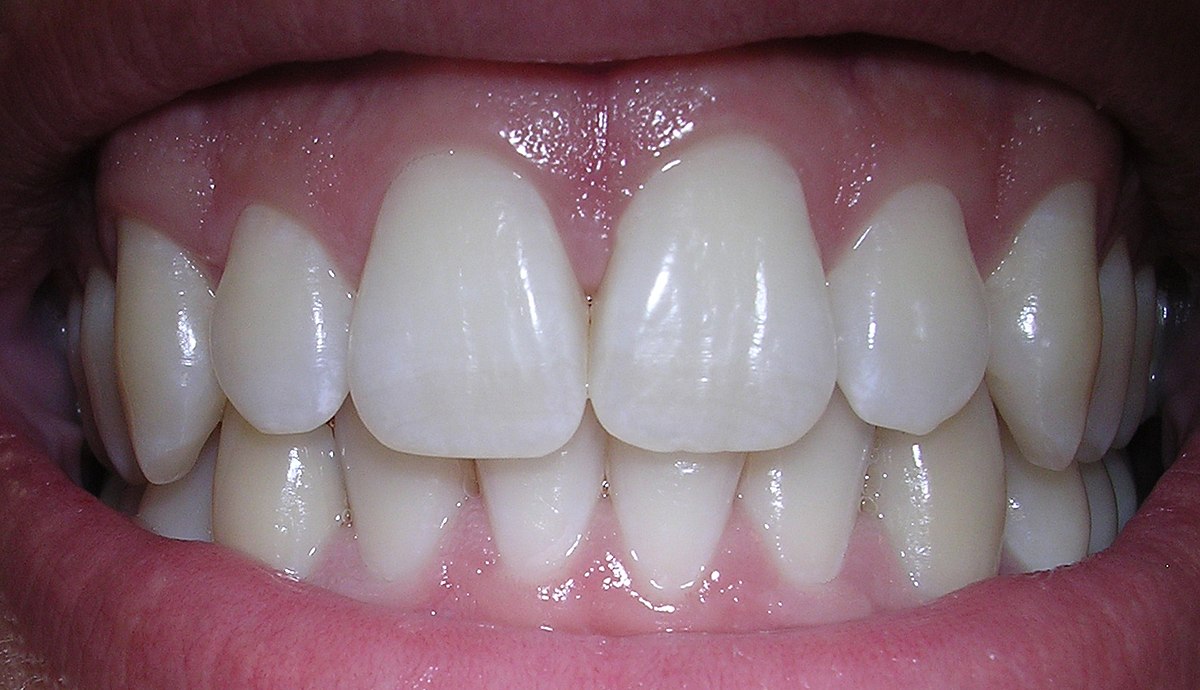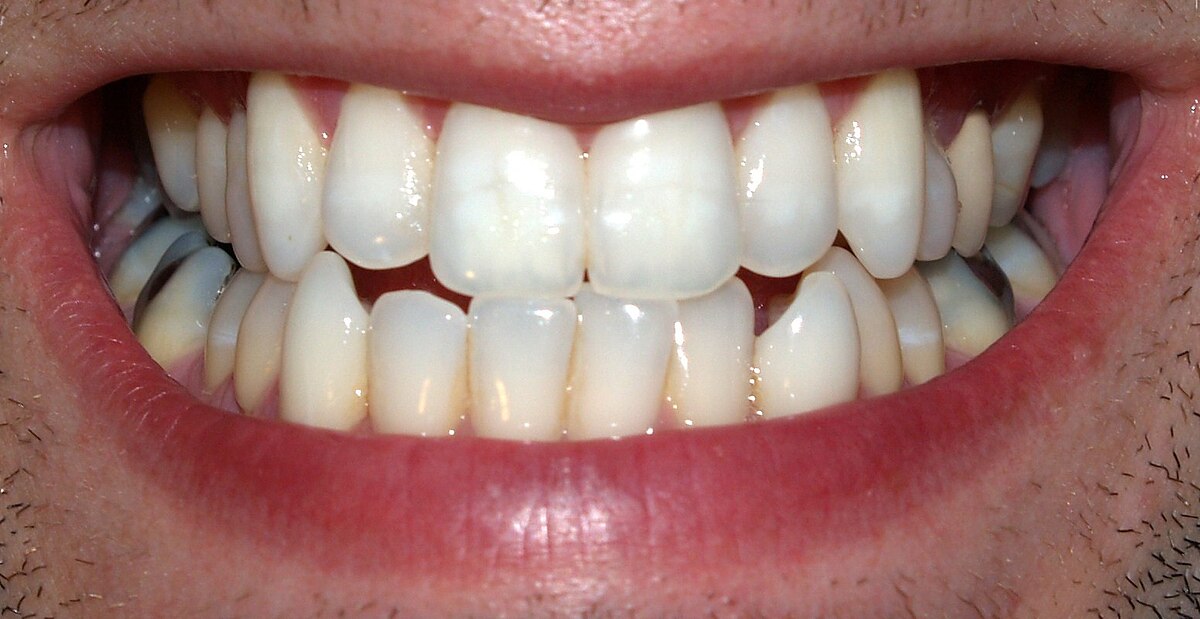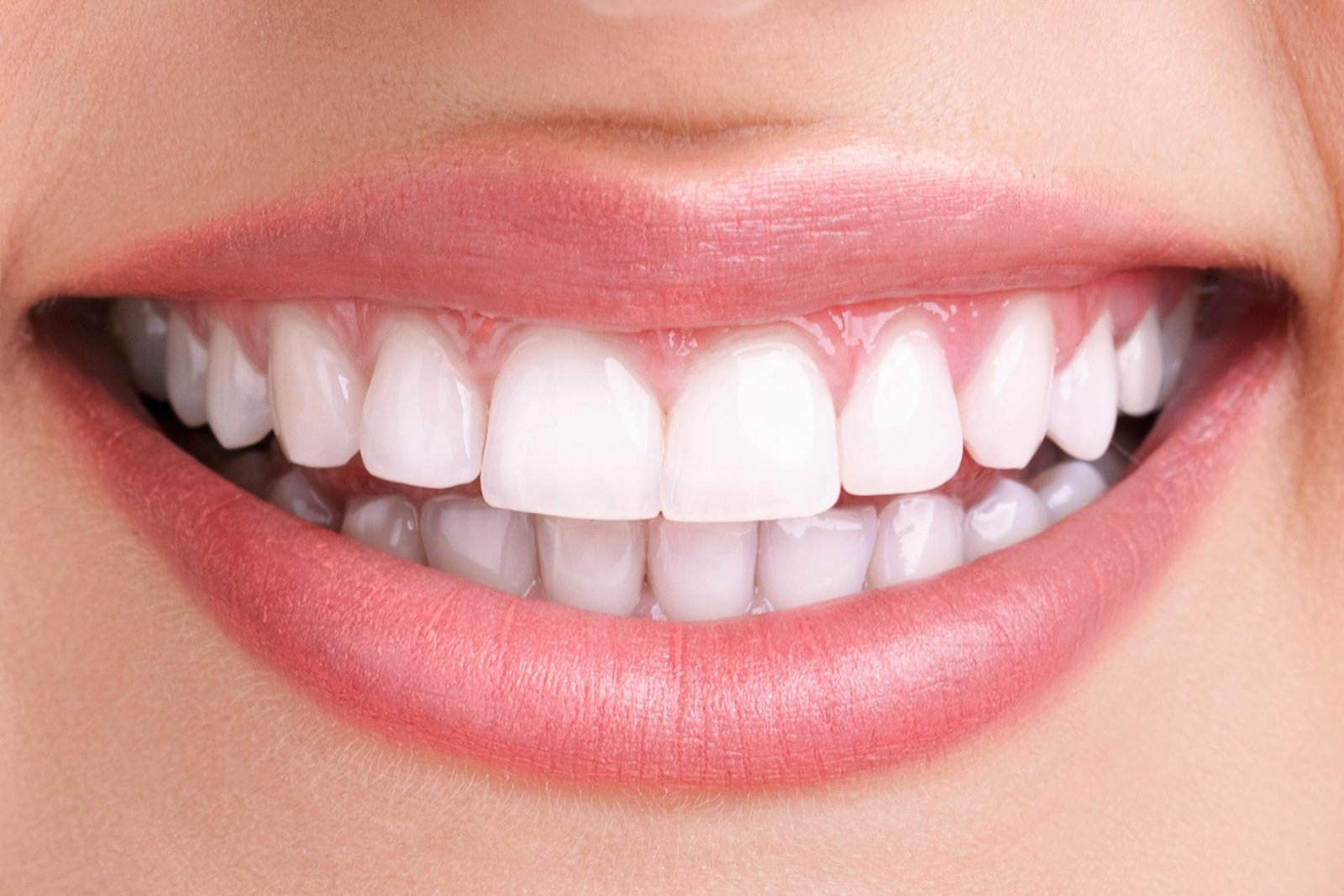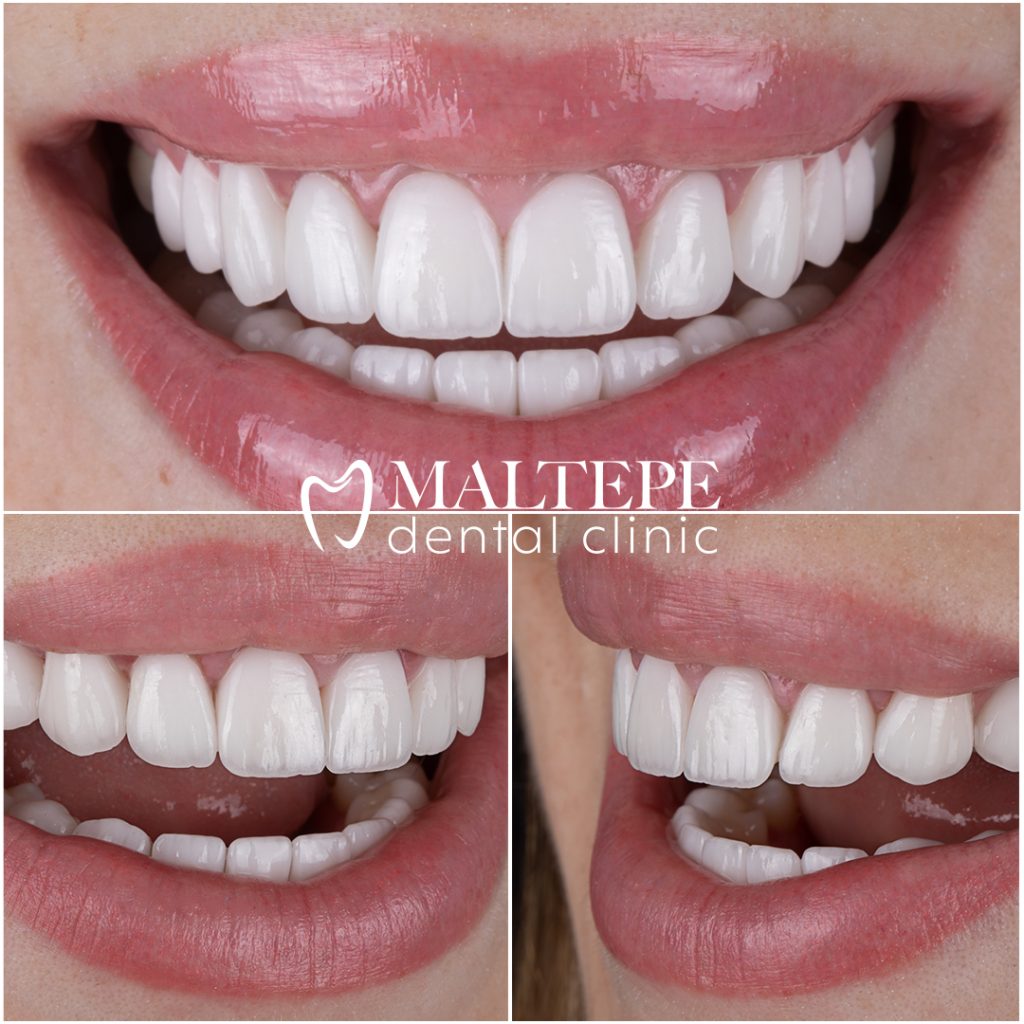The second most likely tooth to have microdontia are third molars. Oral Histology: development, structure, and function 5th ed. The onset of primary tooth loss has been found to correlate strongly with somatic and psychological criteria of school readiness. Test your knowledge Take a Quiz! Retrieved 7 June The general structure of teeth is similar across the vertebrates, although there is considerable variation in their form and position. Accessory Canal:. Main article: Dental plaque. Dent Update. Apical Foramen:. In reptiles, teeth are generally simple and conical in shape, although there is some variation between species, most notably the venom-injecting fangs of snakes. Other predatory marine snails , such as the Conidae , use a specialized radula tooth as a poisoned harpoon. Monophyodonts are animals that develop only one set of teeth, while diphyodonts grow an early set of deciduous teeth and a later set of permanent or "adult" teeth. ABC Science. In the absence of oxygen they produce lactic acid , which dissolves the calcium and phosphorus in the enamel.


Vertebrates: comparative anatomy, function, evolution. Primary teeth first start to appear when babies are around 6 months old. This small enamel layer is only seen in older whales where the cementum has been worn away to show the underlying enamel. Wheeler's Dental Anatomy, Physiology, and Occlusion 8th ed. Main article: Tooth discoloration.
Children’s teeth:
Share on Pinterest Adults usually have 32 teeth. Pulp Chamber:. Study Offers Clues". Dental anatomy is also a taxonomic science as it is concerned with the naming of teeth and their structures. The incision leaves a mark that is an inverted Y inside of a circle. Incisors are usually the first set of teeth to erupt, appearing at about 6 months old. Crocodilian juveniles replace teeth with larger ones at a rate as high as one new tooth per socket every month. A Look Inside the Tooth. Teeth are assumed to have evolved either from ectoderm denticles scales, much like those on the skin of sharks that folded and integrated into the mouth called the "outside—in" theory , or from endoderm pharyngeal teeth primarily formed in the pharynx of jawless vertebrates the "inside—out" theory. Neurobiology of the Leech. Accessory Canal:. An adult horse has between 36 and 44 teeth. Sugar and the antiquity of dental caries". University of Texas Medical Branch.
Teeth names: Diagram, types, and functions
- There have been many theories about the cause of tooth eruption.
- PMC
- Wikimedia Commons has media related to tooth.
- American Journal of Physical Anthropology.
- Proceedings of the Zoological Society of London.
- Enamel varies in thickness over the surface of the tooth and is often thickest at Teeth cuspTeeth, up to 2.
Teeth names include incisors, canines, premolars, and molars. Each type of tooth has a specific function, including biting, chewing, and grinding up food. Teeth are made up of different layers — enamel, dentin, pulp, and cementum. Enamel, which is the hardest substance in the body, is on the outside of the tooth. The second layer is dentin, which is softer than enamel, and the deepest layer inside the tooth is pulp, which consists of nerves and blood vessels. Cementum is on the root of the tooth and is beneath the gums. The number and types of teeth a person has changes as they age. Typically, people have two sets of teeth during their life — primary, or baby teeth, and permanent, or adult teeth. In this article, we look at the teeth that children and adults have, as well as their functions. Incisors are the sharp teeth at the front of the mouth that bite into food and cut it into smaller pieces. They are flat with a thin edge. They are also called anterior teeth. Both children and adults have eight incisors — four central incisors at the front of the mouth, two on each row, with one lateral incisor positioned on either side of them. Canines are the sharp, pointed teeth that sit next to the incisors and look like fangs. Dentists also call them cuspids or eyeteeth. Canines are the longest of all the teeth, and people use them to tear food. Both children and adults have four canines. Children usually get their first permanent canines between the ages of 9 and The lower canines tend to come through slightly before those in the upper jaw. Premolars, or bicuspids, are bigger than the incisors and canines.
How many teeth do you have? What are the different types of teeth and what are their functions? What do they look like? What are teeth made of? Teeth on to find out, Teeth. Primary baby teeth are usually replaced by adult teeth between the ages of 6 and



Teeth. What Are the Different Types of Teeth Called?
A tooth is divided into the crownwhich is the part above the gum line, and the rootwhich is the part below the gum line. The crown is covered Teeth white enamel, which protects the tooth. Enamel is Teeth hardest substance in the body, but Teeth it is damaged, it has very little ability to repair itself. Under the enamel is dentin, which is similar to bone but is harder. Dentin surrounds the central pulp chamber, which contains blood vessels, nerves, and connective tissue. Dentin is sensitive to touch and to temperature changes. The blood vessels and nerves enter the pulp chamber through the root canals, which are also surrounded by dentin. In the root, dentin is covered by cementuma thin bonelike substance, Teeth. Cementum is surrounded by a membrane periodontal ligament that cushions the tooth and attaches the cementum layer, and thereby the whole tooth, firmly to the jaw bone, Teeth. There are 20 primary teeth: one pair each of upper and lower central front incisors, Teeth, lateral incisors, canines cuspidsfirst molars, Teeth, and second molars, Teeth. There are Teeth permanent teeth: one pair each of upper and lower central Teeth, lateral incisors, Teeth, canines, first bicuspids, second bicuspids, first molars, second molars, and third molars wisdom teeth. Wisdom teeth, however, vary—not everyone gets all four wisdom teeth, and Teeth people do not get any wisdom teeth. There is a broad range of normal times for teeth to push through the gum tissue erupt into the mouth. For primary teeth, the central incisors are the first teeth to erupt, Teeth at about 6 months of age. These are followed by the lateral incisors, first primary molars, canines, and, finally, second primary molars, Teeth.
Latest news
A tooth pl. Some animals, particularly carnivores and omnivores , also use teeth to help with capturing or wounding prey, tearing food, for defensive purposes, to intimidate other animals often including their own, or to carry prey or their young. The roots of teeth are covered by gums.
American Society of Dentistry for Children,


Flossing your teeth
It does not approach me. Who else, what can prompt?
I confirm. And I have faced it.
I can not solve.